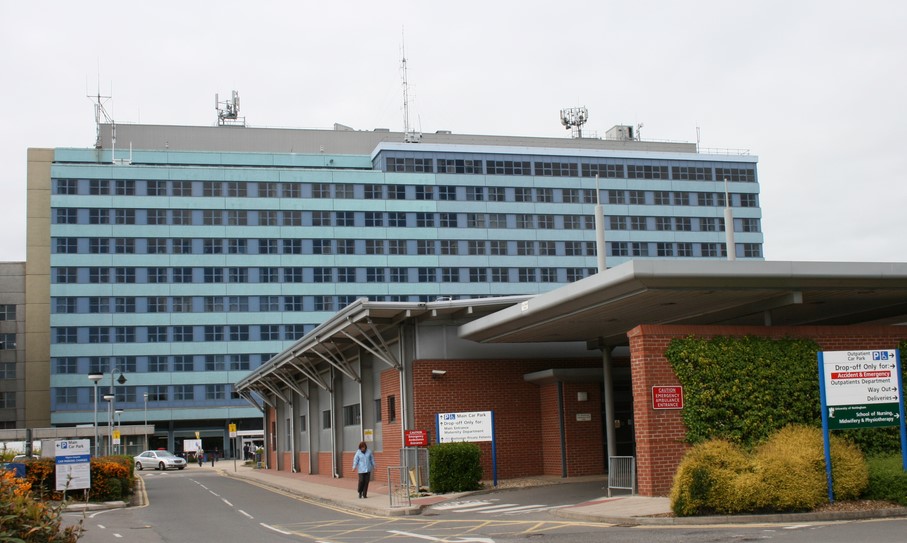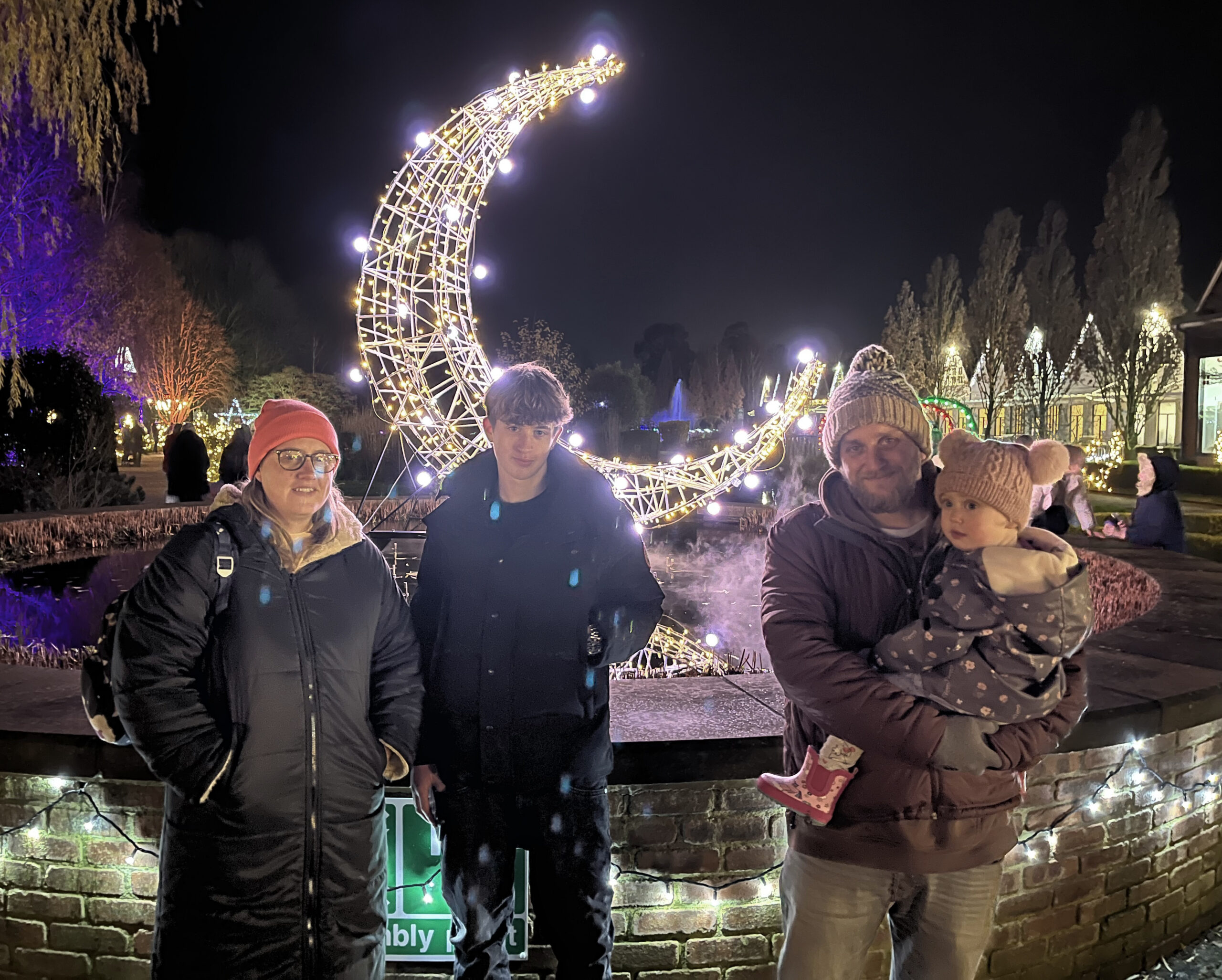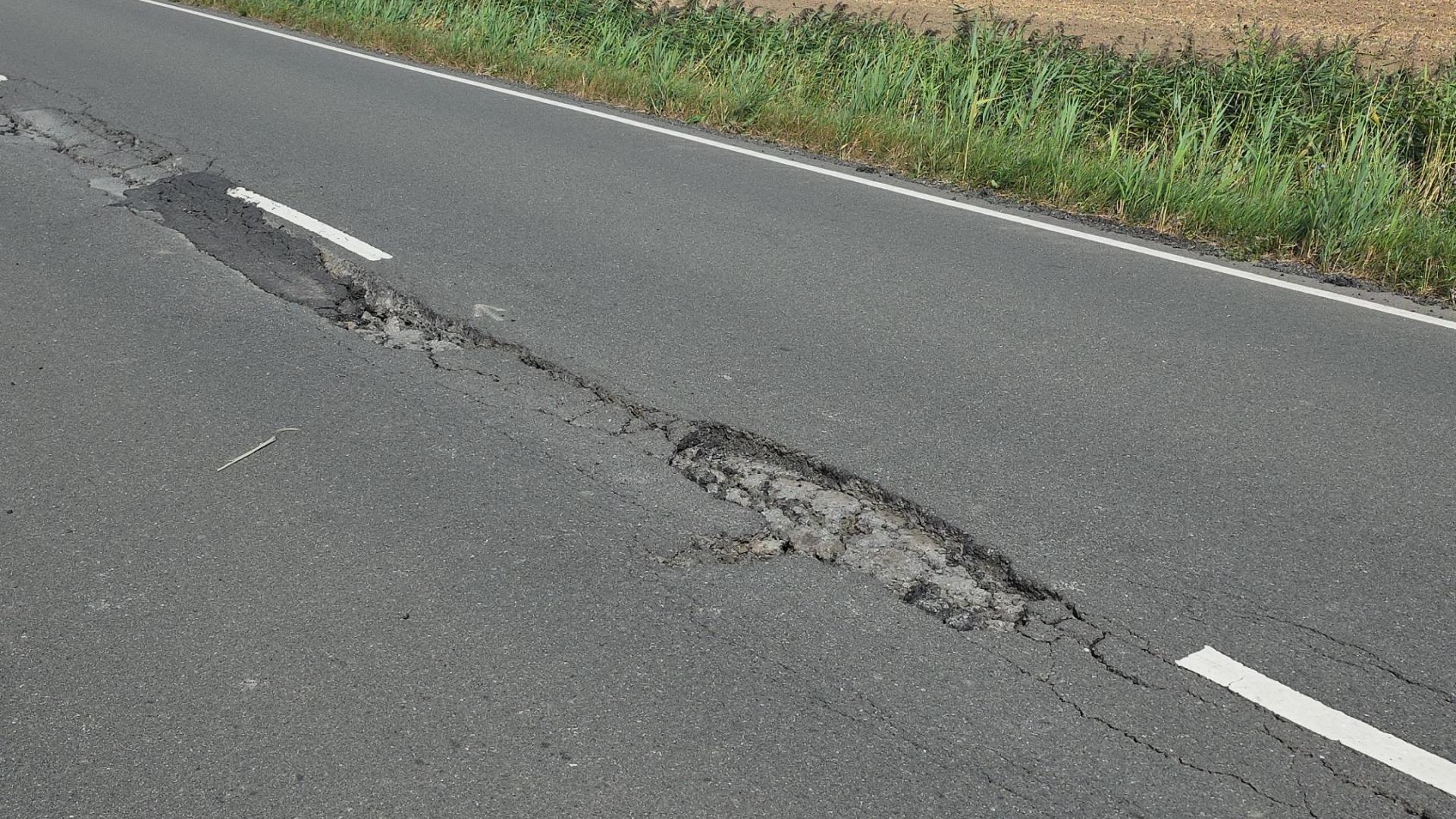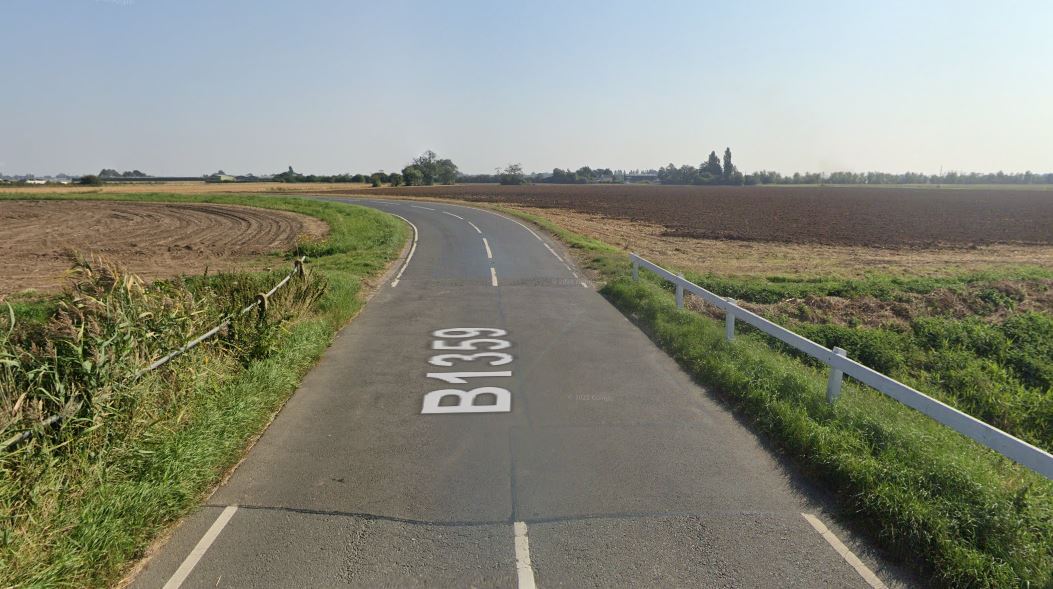However, after a year of wrangling, amended plans were passed with a string of conditions attached, some of which were designed to address residents’ concerns over transport movements.
Director of the firm, Andrew Branton, says it could be some time before the development gets under way because technology within the industry is constantly evolving.
He said: “As for a timetable, having the planning permission has taken the pressure off in that respect.
“We’re evaluating which is the best way to proceed. Even since we have gained planning permission there have been changes to the methods of extracting biogas.
“However, I suspect any changes that we do make will only benefit residents.”
Mr Branton said “things could happen quite quickly” once decisions had been made on the plant.
Tongue End Action Group led opposition to the plan and brought about pressure which resulted in changes to the visual impact and traffic movements.
Group secretary Helen Eve said residents feel that they put up a good fight to oppose the development but the Secretary of State for Communities and Local Government’s final approval for the planning application came as no surprise.
“It’s something we were expecting,” she said. “There are a number of conditions to protect us and we will be closely monitoring to see that they are adhered to.”
Mr Branton accepted that relations between the two parties had become fraught at times but felt the firm had always acted responsibly.
He said: “I think all parties shouldn’t be naive enough to think that an application of this nature is without tensions.
“Hopefully we have handled it in the right kind of way. We have not tried to be evasive and have been above board in anything we have tried to do.”
When it was passed by South Holland District Council in January, the proposal was for 43,250 tonnes of feedstock to be used annually to produce biomethane gas for the National Grid. The by-product would be a mixture of dry and liquid, which is not waste and can be used as fertiliser.
The plan was expected to generate 11,448 two-way vehicle movements per year.







